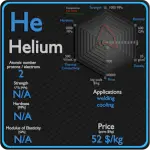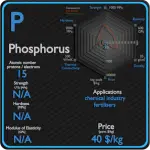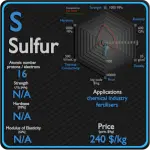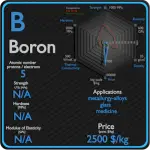This article contains comparison of key thermal and atomic properties of nitrogen and oxygen, two comparable chemical elements from the periodic table. It also contains basic descriptions and applications of both elements. Nitrogen vs Oxygen.
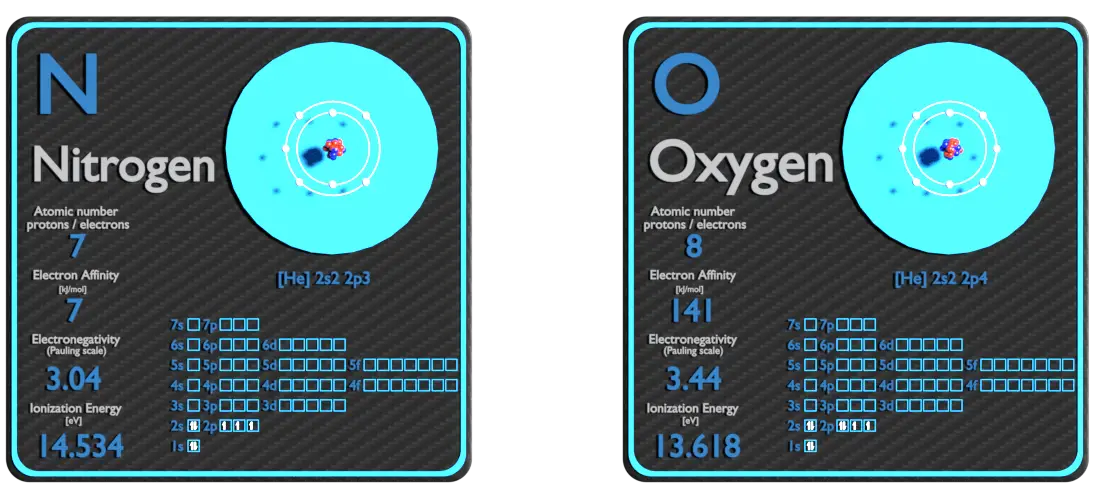
Nitrogen and Oxygen – About Elements


Source: www.luciteria.com
Nitrogen and Oxygen – Applications
Nitrogen
Nitrogen in various chemical forms plays a major role in large number of environmental issues. The applications of nitrogen compounds are naturally extremely widely varied due to the huge size of this class: hence, only applications of pure nitrogen itself will be considered here. Two-thirds of nitrogen produced by industry is sold as the gas and the remaining one-third as the liquid. In metallurgy, nitriding is a case hardening process in which the surface nitrogen concentration of a ferrous is increased by diffusion from the surrounding environment to create case-hardened surface. Nitriding produces hard, highly wear-resistant surface (shallow case depths) of product with fair capacity for contact load, good bending fatigue strength and excellent resistance to seizure. Synthetically produced ammonia and nitrates are key industrial fertilisers, and fertiliser nitrates are key pollutants in the eutrophication of water systems. Apart from its use in fertilisers and energy-stores, nitrogen is a constituent of organic compounds as diverse as Kevlar used in high-strength fabric and cyanoacrylate used in superglue.
Oxygen
Common uses of oxygen include production of steel, plastics and textiles, brazing, welding and cutting of steels and other metals, rocket propellant, oxygen therapy, and life support systems in aircraft, submarines, spaceflight and diving. Smelting of iron ore into steel consumes 55% of commercially produced oxygen. In this process, oxygen is injected through a high-pressure lance into molten iron, which removes sulfur impurities and excess carbon as the respective oxides, sulfur dioxide and carbon dioxide. Uptake of oxygen from the air is the essential purpose of respiration, so oxygen supplementation is used in medicine. Treatment not only increases oxygen levels in the patient’s blood, but has the secondary effect of decreasing resistance to blood flow in many types of diseased lungs, easing work load on the heart.
Nitrogen and Oxygen – Comparison in Table
| Element | Nitrogen | Oxygen |
| Density | 0.00125 g/cm3 | 0.00143 g/cm3 |
| Ultimate Tensile Strength | N/A | N/A |
| Yield Strength | N/A | N/A |
| Young’s Modulus of Elasticity | N/A | N/A |
| Mohs Scale | N/A | N/A |
| Brinell Hardness | N/A | N/A |
| Vickers Hardness | N/A | N/A |
| Melting Point | -209.9 °C | -218.4 °C |
| Boiling Point | -195.8 °C | -183 °C |
| Thermal Conductivity | 0.02598 W/mK | 0.02674 W/mK |
| Thermal Expansion Coefficient | N/A | N/A |
| Specific Heat | 1.04 J/g K | 0.92 J/g K |
| Heat of Fusion | (N2) 0.7204 kJ/mol | (O2) 0.444 kJ/mol |
| Heat of Vaporization | (N2) 5.56 kJ/mol | (O2) 6.82 kJ/mol |

